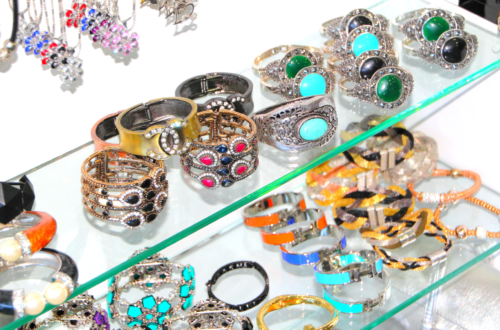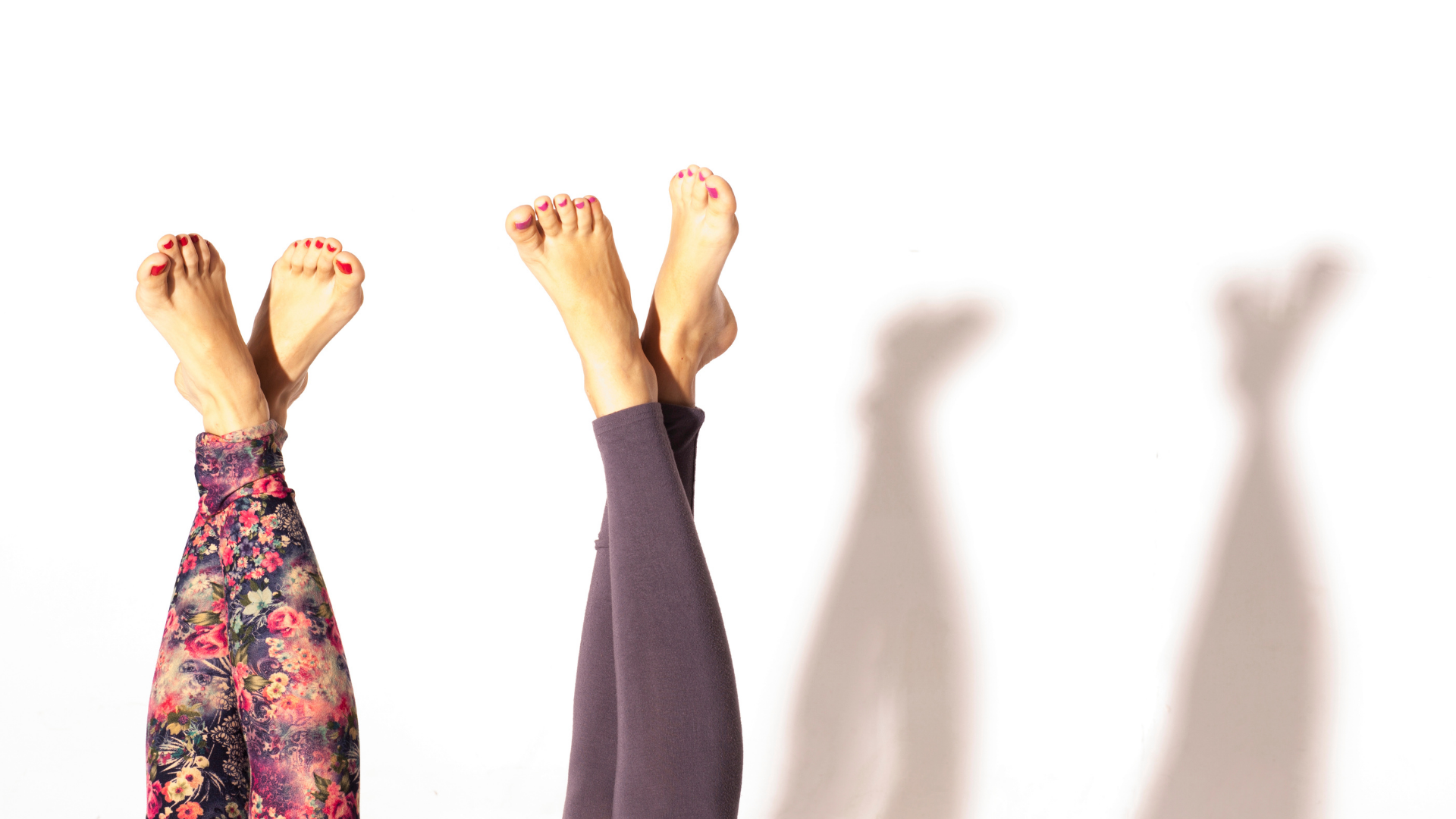
The Return of Corporate Fashion: Redefining Professional Attire in the Modern Workplace
As workplaces adapt to a post-pandemic world, corporate fashion is experiencing a significant resurgence. Many companies are shifting from casual attire back to more formal styles, reflecting not just a return to the office but also a desire for professionalism and cohesion. The renewed emphasis on corporate fashion signals a broader understanding that attire impacts workplace culture and personal productivity.
This shift is not merely about compliance with dress codes; it’s indicative of a larger trend where organizations are seeking to establish a sense of normalcy. Employees are increasingly recognizing that dressing well can enhance their confidence and how they are perceived in the workplace. As businesses redefine their identity, corporate fashion plays a key role in fostering a positive image and setting the tone for collaboration.
With this revival, brands are stepping up to meet the demand for stylish yet functional workwear. Many are designing pieces that blend professionalism with comfort, catering to a workforce that values both appearance and practicality. The evolution of corporate fashion could reshape how individuals approach their personal style in professional settings.
Historical Perspective on Corporate Fashion
Corporate fashion has undergone significant changes, reflecting evolving societal norms and workplace expectations. Understanding the timeline and shifts within dress codes reveals how corporate identity and employee expression have developed.
Evolution of the Dress Code
The dress code in corporate settings has historically reflected broader cultural shifts. In the early 20th century, formal attire, such as suits for men and conservative dresses for women, dominated professional environments. These outfits symbolized authority and created a clear hierarchy.
By the 1960s and 70s, movements advocating for personal expression began to influence workplace attire. Suits became less rigid, introducing color and pattern into men’s and women’s wardrobes. The business casual trend emerged in the late 20th century, allowing for more relaxed clothing while maintaining professionalism.
The early 21st century saw further diversification. Remote work and technological advancements led to a rise in casual attire, including jeans and t-shirts. Companies now emphasize individual comfort alongside professionalism, showcasing how dress codes adapt to modern values and workplace dynamics.
The Impact of Remote Work on Corporate Attire
Remote work has significantly transformed corporate attire, prompting changes in fashion trends and employee expectations. As professionals spend more time working from home, their clothing choices reflect this shift.
Shift in Fashion Trends Due to Remote Work
The shift to remote work has led to a rise in casual and comfortable clothing. Traditional business attire, such as suits and dress shoes, has been replaced by items like athleisure and smart-casual outfits.
Employees often prioritize comfort while maintaining a presentable appearance for video calls. This has resulted in an increase in the popularity of items like polo shirts, blouses, and tailored joggers.
Brands are responding to this trend by creating more versatile collections that seamlessly blend comfort with a professional look. Remote work has also sparked discussions around the importance of personal style in shaping a professional identity.
The Return to Office and Corporate Fashion
The trend of returning to the office has revived interest in corporate fashion, particularly in how traditional attire is being reimagined. Blazers have emerged as a key component, transforming the workspace style.
Reinventing Blazers for the Modern Office
Blazers have evolved from classic designs to more versatile options suited for today’s work environment. Many companies now encourage a blend of professionalism and comfort.
Current blazers often feature lighter materials, tailored fits, and innovative designs, allowing for an effortless transition from office to after-work activities. Some popular features include:
- Stretch Fabrics: Enhancing comfort.
- Seasonal Colors: Moving beyond traditional navy and black.
These changes reflect a shift in corporate culture that values individuality alongside professionalism. By incorporating unique accessories and smart casual elements, employees can personalize their blazer look further, adapting it to their personal style while maintaining an appropriate office appearance.
Incorporating Flexibility in Modern Dress Codes
Modern workplaces are recognizing the need for flexible dress codes. This shift reflects changes in workplace culture and employee preferences.
Key Considerations for Flexibility:
- Employee Input: Gathering feedback from employees can help shape dress codes that everyone feels comfortable with.
- Style Guidelines: Providing clear guidelines can assist in balancing professional appearance with personal expression.
Flexible dress codes often include:
- Casual Fridays: Allowing casual attire on specific days boosts morale.
- Remote Work Attire: Recognizing the difference in fashion needs for remote workers.
- Seasonal Adjustments: Adapting dress codes according to weather changes promotes comfort.
Benefits of Flexibility:
- Enhanced Productivity: Comfortable clothing can lead to higher productivity levels.
- Increased Employee Satisfaction: An accommodating dress code enhances workplace culture.
- Attracting Talent: A flexible approach can appeal to potential employees.
By redefining traditional dress codes, companies can foster an environment that values both professionalism and individual expression. Employers are encouraged to implement policies that retain their corporate identity while allowing room for personal style.




